Today, in the world of sports sponsorship, success is not merely about signing the check but balancing sponsorship and activation budgets. The art lies in allocating resources effectively, ensuring that your brand not only secures a spot on the field but engages with the audience in a meaningful way. In this article, we'll explore the intricacies of determining the optimal proportions for your sports sponsorship fee and activation budgets to achieve a winning formula for brand impact.
Understanding the Core Components: The first step in striking the right balance is to understand the core components of your investment. The sponsorship fee is the upfront cost for associating your brand with a sports entity, while the activation budget is reserved for bringing that association to life through various marketing channels.
Establishing Clear Objectives: Before delving into budget allocation, establish clear objectives for your sports sponsorship. Are you seeking heightened brand visibility, increased audience engagement, or both? Understanding your goals will guide the proportions of your budget allocation, ensuring a tailored approach to meet specific objectives.
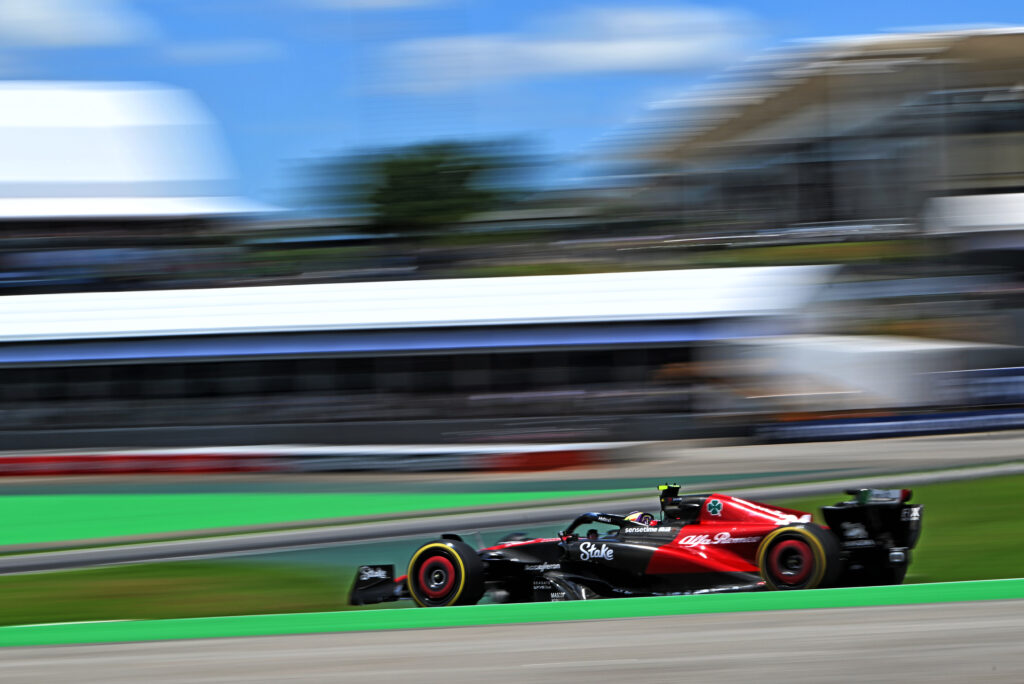
The 70/30 Rule: A common guideline in the industry is the 70/30 rule, allocating 70% of the budget to sponsorship fees and 30% to activation efforts. However, this is not a rigid formula but rather a starting point. Consider the unique characteristics of your sponsorship, industry trends, and the preferences of your target audience to adjust this ratio accordingly.
Tailoring to Your Brand and Audience: Every brand and audience is unique. If your brand thrives on visibility, a more substantial portion of the budget may be directed toward securing prime sponsorship opportunities. Conversely, if engagement and interaction are your key goals, a larger activation budget may be more appropriate for creating memorable experiences.
Strategic Activation Planning: Activation is where the sponsorship truly comes to life. Carefully plan how you will leverage the allocated activation budget across various channels. Social media campaigns, experiential marketing, and content creation are potent tools for creating a buzz around your sponsorship. Tailor your activations to resonate with your target audience and align with the values of the sports entity.
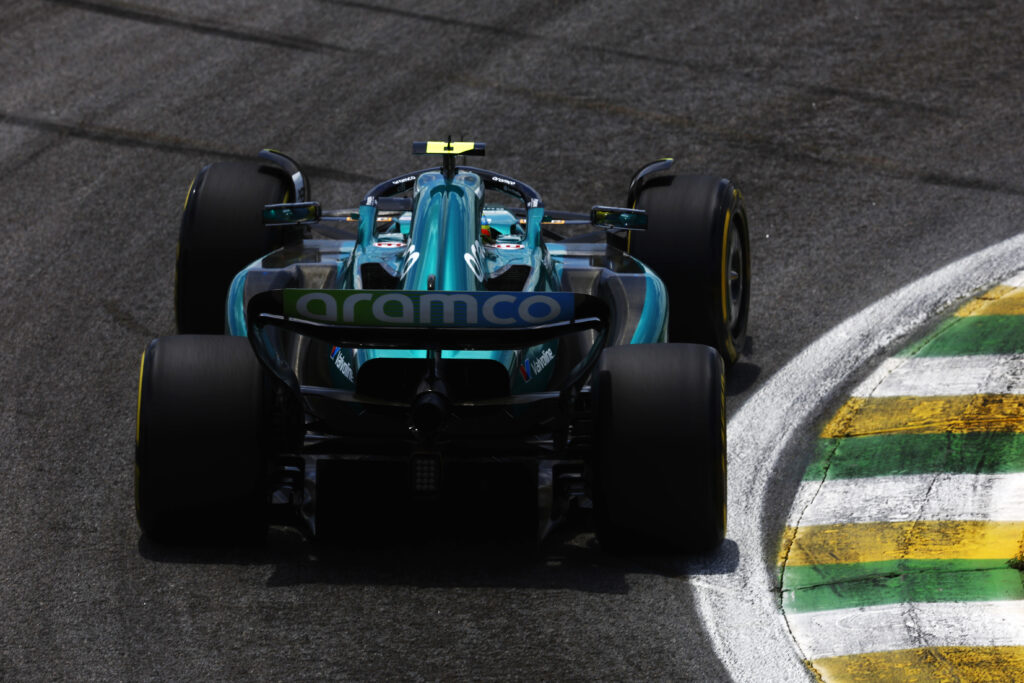
Utilizing Analytics for Informed Decisions: Leverage analytics tools to track the performance of both your sponsorship and activation efforts. Analyzing key performance indicators (KPIs) such as website traffic, social media engagement, and brand sentiment allows you to make data-driven decisions. Use this information to adjust your budget proportions based on what resonates most with your audience.
Adapting to Industry Trends: The sports sponsorship landscape is dynamic, influenced by emerging trends and consumer behaviours. Stay agile and be willing to adapt your budget allocation to align with industry shifts. By keeping an eye on trends, you can position your brand as forward-thinking and relevant within the sports community.
Iterative Refinement for Long-Term Success: Success in sports sponsorship is an ongoing journey. Regularly review and refine your budget allocation strategy. Learn from both successes and setbacks and be prepared to iterate your approach for long-term success in the evolving sports marketing landscape.
Achieving the right proportions for your sports sponsorship fee and activation budgets requires a nuanced approach. By understanding your brand objectives, tailoring your strategy to your unique audience, and staying adaptive to industry trends, you can strike a balance that not only secures your spot on the grid but resonates with fans for lasting brand impact.
This is original editorial content from Drive Sports Marketing, an agency specialising in Formula 1 sponsorship, Formula E sponsorship, MotoGP sponsorship, and WEC sponsorship.
In the sports sponsorship ecosystem, companies are constantly seeking innovative ways to connect with their target audiences. One strategy that has proven to be incredibly effective is product/service integration. This approach goes beyond the traditional logo placement and advertising, allowing sponsors to immerse themselves in the sports experience. In this article, we'll delve into why product/service integration is crucial in sports sponsorship and how it can deliver substantial benefits for both brands and sports entities.
Enhanced Brand Visibility: One of the primary reasons why product/service integration is vital in sports sponsorship is the opportunity for enhanced brand visibility. Unlike traditional advertising, integration allows sponsors to become a seamless part of the sports event. Whether it's naming rights for a stadium, branded merchandise, or interactive fan experiences, integration ensures that the brand remains top-of-mind for fans.
Authentic Fan Engagement: Sports fans are a passionate bunch, and they can spot inauthentic sponsorships from a mile away. Product/service integration offers a unique opportunity to authentically engage with fans by seamlessly incorporating the sponsor's offerings into the fan experience. This could include branded concessions, interactive fan zones, or even exclusive merchandise.
By integrating products or services in a way that enhances the fan experience, sponsors can gain the trust and loyalty of sports enthusiasts. This leads to more genuine connections between brands and fans, resulting in increased customer retention and advocacy.
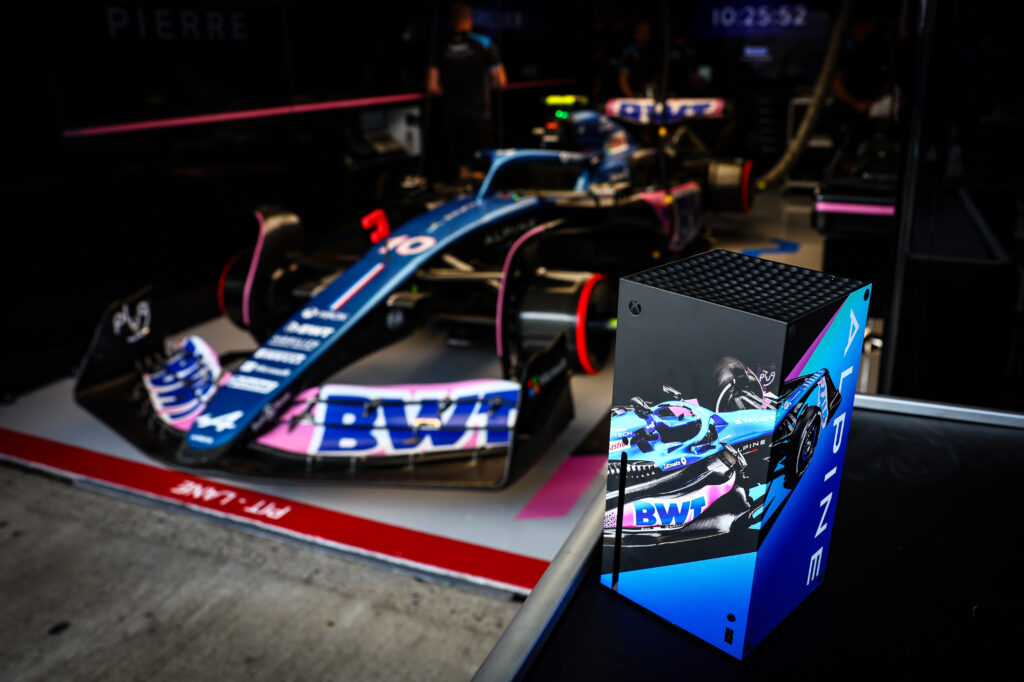 Memorable Experiences: Sports sponsorship is not just about exposure; it's also about creating memorable experiences. Product/service integration allows brands to provide fans with experiences they'll remember long after the final whistle. These experiences can range from VIP access to exclusive events to unique product demonstrations.
Memorable Experiences: Sports sponsorship is not just about exposure; it's also about creating memorable experiences. Product/service integration allows brands to provide fans with experiences they'll remember long after the final whistle. These experiences can range from VIP access to exclusive events to unique product demonstrations.
Data-Driven Insights: In today's digital age, data is king. Integrating products or services into sports sponsorship can provide sponsors with valuable data-driven insights. For example, tracking the usage of a branded mobile app during a sporting event can provide sponsors with detailed information about fan behavior and preferences.
This data can be leveraged to refine marketing strategies, tailor product offerings, and target specific demographics effectively. It can also inform future sponsorship decisions, ensuring that brands get the most out of their investments.
 In the competitive world of sports sponsorship, product/service integration stands out as a crucial strategy for brands looking to make a lasting impact. From enhanced brand visibility to authentic fan engagement, memorable experiences, data-driven insights, and long-term partnerships, the benefits are abundant. By integrating products or services into sports sponsorship, brands can score big and win the hearts of fans around the world. It's not just a sponsorship; it's a winning play.
In the competitive world of sports sponsorship, product/service integration stands out as a crucial strategy for brands looking to make a lasting impact. From enhanced brand visibility to authentic fan engagement, memorable experiences, data-driven insights, and long-term partnerships, the benefits are abundant. By integrating products or services into sports sponsorship, brands can score big and win the hearts of fans around the world. It's not just a sponsorship; it's a winning play.
This is original editorial content from Drive Sports Marketing, an agency specialising in Formula 1 sponsorship, Formula E sponsorship, MotoGP sponsorship, and WEC sponsorship.
In the ever-evolving landscape of sports sponsorship, one question looms large: Is branding still essential in this dynamic and highly competitive arena? Traditionally, branding has played a pivotal role in establishing a sponsor's identity and promoting their products or services. However, as the sports sponsorship industry continues to undergo profound transformations, it's worth examining whether branding remains a fundamental asset or if its significance is diminishing.
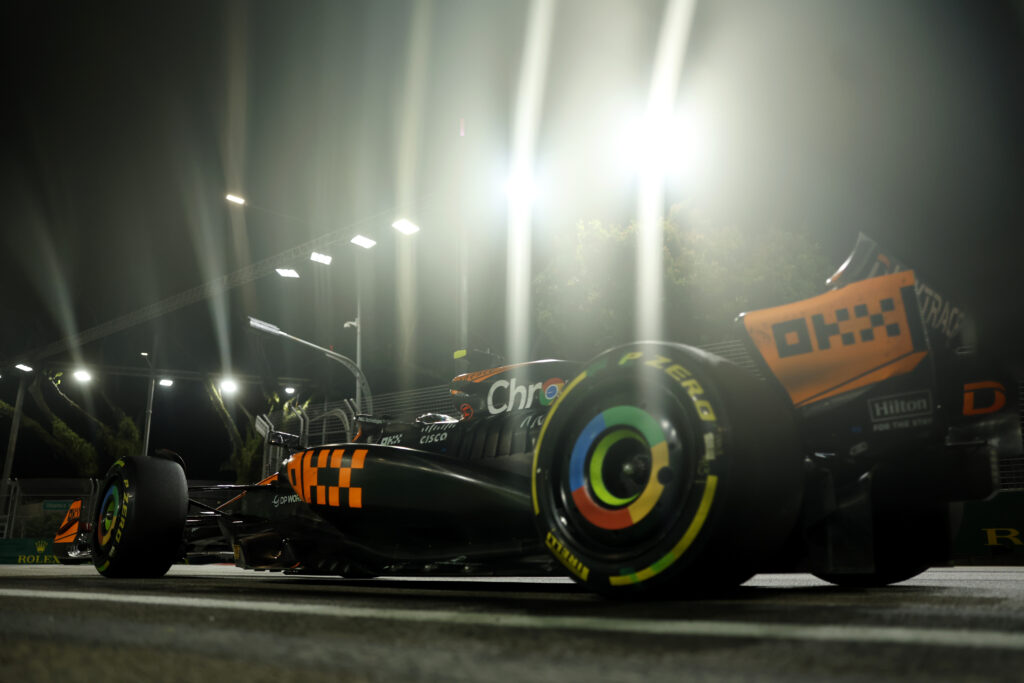
Historically, branding in sports sponsorship has been synonymous with visibility. Sponsors emblazoned their logos on jerseys, stadium signage, and in broadcasts, ensuring their name was seen by millions of fans. This high visibility translated into brand recognition, association, and recall. A strong brand presence reinforced the sponsor's message and created a sense of legitimacy and trust.
Moreover, branding in sports sponsorship helped sponsors align themselves with the values and ethos of the sporting entity they supported. For instance, brands sponsoring an eco-conscious sports team could portray themselves as environmentally friendly. This alignment fostered a positive brand image, leading to increased consumer loyalty and trust.

However, the landscape of sports sponsorship is undergoing profound changes. Traditional methods of branding are still effective but are no longer the sole driver of success. Several factors have contributed to this shift:
The Rise of Digital and Social Media: In today's digital age, fans consume sports content across various platforms, from streaming services to social media. Sponsors are recognizing the value of engaging fans on these platforms, shifting their focus from static logos to dynamic, interactive content. This evolution highlights the importance of storytelling, as sponsors strive to create narratives that resonate with their audience.
Data-Driven Sponsorships: Sponsors now have access to advanced data analytics, enabling them to make more informed decisions about their investments. They can measure ROI, track consumer sentiment, and adjust their strategies accordingly. This data-driven approach allows sponsors to fine-tune their branding efforts, ensuring they align with their target audience's preferences.
Purpose-Driven Sponsorships: Modern consumers are increasingly drawn to brands with a clear social or environmental purpose. Sponsors are leveraging sports sponsorship to communicate their commitment to social responsibility, sustainability, and inclusivity. In such cases, branding is more about aligning values than simply promoting a logo.

In this changing landscape, branding in sports sponsorship has evolved from mere visibility to a more strategic, multifaceted approach. It's not enough for sponsors to plaster their logos everywhere; they must tell compelling stories, connect with fans on a personal level, and demonstrate a genuine commitment to shared values.
Branding remains essential, but its role has expanded to encompass storytelling, digital engagement, and purpose-driven marketing. It's about creating a meaningful connection with fans, not just displaying a logo on a jersey.
In conclusion, branding is still an essential asset in sports sponsorship, but its role and significance have evolved. Traditional branding methods continue to offer value, but in the modern sports sponsorship landscape, sponsors must adapt to new trends, focusing on digital engagement, data-driven strategies, and purpose-driven initiatives. The future of branding in sports sponsorship lies in its ability to connect with fans on a deeper level and align with the values and aspirations of both the sporting entity and the audience. In this new paradigm, branding remains a critical asset, but its execution has changed dramatically to meet the demands of today's sports-savvy consumers.
This is original editorial content from Drive Sports Marketing, an agency specialising in Formula 1 sponsorship, Formula E sponsorship, MotoGP sponsorship, and WEC sponsorship.
In the fast-paced world of sports sponsorship, making the right decisions can be the difference between a slam dunk success and a costly fumble. One of the most crucial decisions that brands, athletes, and sports organizations must make is determining the ideal duration of a sports sponsorship deal. In this article, we'll explore the factors that influence the sponsorship optimal length, helping you make informed decisions to maximize your ROI and exposure.
The Dynamics of Sports Sponsorship: Sports sponsorship is a powerful marketing tool that allows brands to connect with their target audience on an emotional level. It's about aligning your brand with the values and passion of sports fans. But, how long should this alignment last?
1. Short-term vs. Long-term Goals: The ideal duration of a sports sponsorship deal often hinges on your marketing objectives. Short-term goals, like promoting a specific product launch, may benefit from shorter agreements, typically ranging from one to two years. Conversely, if your goal is to establish a lasting presence and brand association within a particular sport, a longer-term deal, such as five to ten years, might be more appropriate.
2. Budget Considerations: Your available budget plays a significant role in determining sponsorship duration. Short-term deals are generally more cost-effective upfront, making them suitable for smaller businesses or those testing the waters. On the other hand, long-term deals may require a more substantial financial commitment but can lead to increased brand equity and recognition over time.
3. Market Dynamics: The competitive landscape in your industry and sport can influence your sponsorship deal's duration. In a highly competitive environment, a long-term deal may offer more stability and exclusivity, ensuring your brand remains front and center. In contrast, less competitive markets may benefit from shorter-term agreements, providing flexibility to adapt to changing circumstances.
4. Athlete and Team Dynamics: The popularity and performance of the athlete or team you're sponsoring can significantly impact the ideal sponsorship duration. If you're aligning your brand with a rising star, a short-term deal might be suitable to test the waters. For established athletes or teams, a more extended partnership can help build a deeper connection with fans.
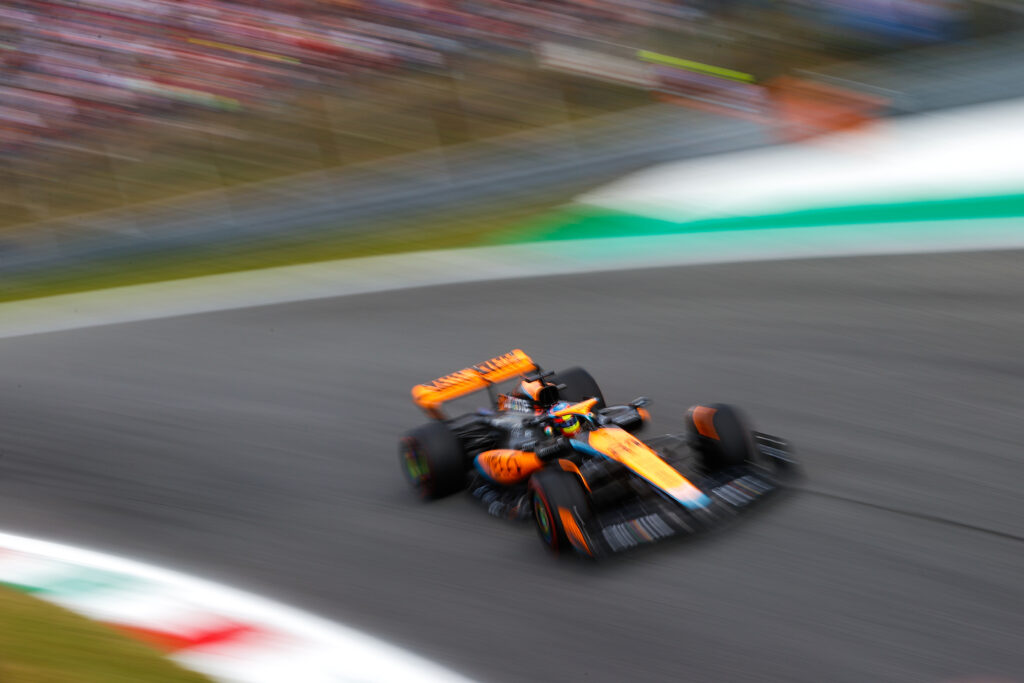
5. Sport Seasonality: Consider the seasonality of the sport when determining the duration of your sponsorship. Some sports have year-round events, while others have distinct seasons. Tailoring the agreement to align with the sport's schedule can help maximize exposure during critical periods.
6. Evolving Marketing Strategies: In today's digital age, marketing strategies are constantly evolving. Brands are increasingly turning to digital and social media to engage with fans. Short-term deals may allow you to adapt your strategy more quickly to changing trends, while long-term deals may require flexibility clauses to ensure you stay ahead of the curve.
7. Brand Growth Trajectory: Assess your brand's growth trajectory when deciding on sponsorship duration. If your brand is rapidly expanding, a shorter-term deal can help maintain flexibility. Conversely, established brands looking for sustained, long-term growth may find that multi-year partnerships align more closely with their goals.
The ideal duration for a sports sponsorship deal is a complex decision that depends on various factors, including your goals, budget, market dynamics, athlete/team dynamics, sport seasonality, evolving marketing strategies, and your brand's growth trajectory. There is no one-size-fits-all answer, but by carefully considering these factors, you can make an informed decision that will maximize your ROI and exposure.
In today's highly competitive sports sponsorship landscape, staying agile and adaptable is key. Whether you opt for a short-term or long-term deal, monitoring performance, and being open to adjustments is essential to ensuring your sponsorship investment yields the desired results. Remember, the ideal duration may evolve over time as your brand and the sports landscape change, so stay vigilant and ready to pivot when necessary.
This is original editorial content from Drive Sports Marketing, an agency specialising in Formula 1 sponsorship, Formula E sponsorship, MotoGP sponsorship, and WEC sponsorship.
The global sports industry has been grappling with the onslaught of the COVID-19 pandemic, which has had a profound impact on sponsorship agreements. As the world continues to navigate through the pandemic, the sports industry has responded by adapting to the changing landscape, and in this article, we will take a look at the sports marketing trends in 2023 that are shaping the industry's present course.
One of the notable trends that have emerged is the way sponsors are responding to the inherent risks associated with sponsorship agreements. Brands are now more focused on valuing agreements that benefit their brand and are adapting to unpredictable outcomes and media shifts. Additionally, brands are adopting real-time metrics from digital marketing to increase valuation accuracy and assume sponsorship expertise. This has led to the professionalization of the sponsorship industry, as brands are now more strategic in their approach to sponsorship.
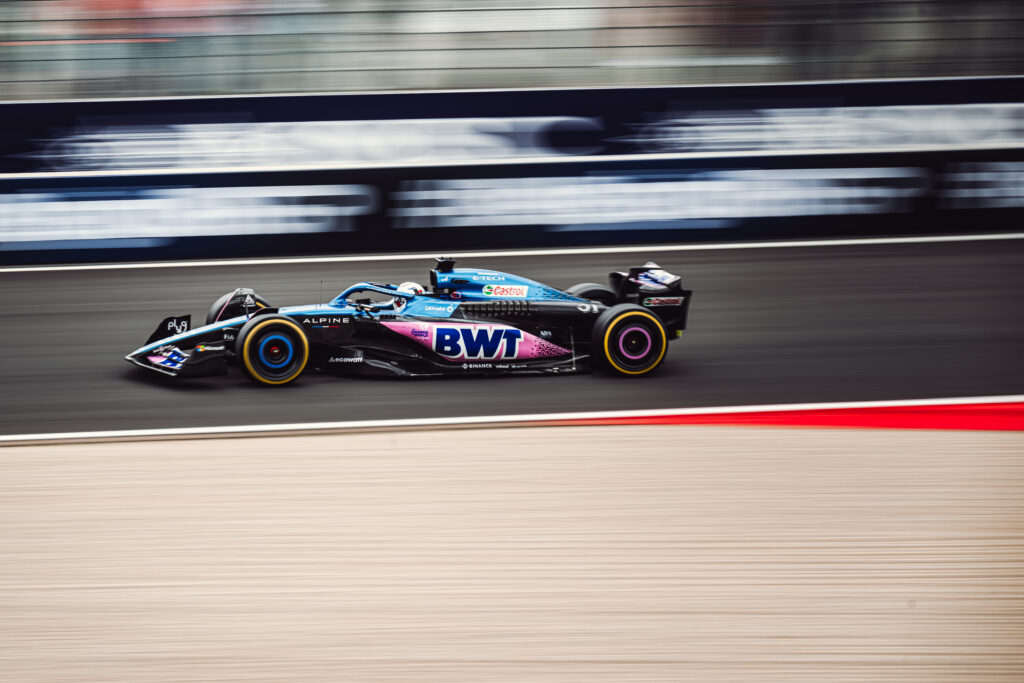
Another trend that has emerged is the emphasis on corporate social responsibility (CSR) and partnerships. Brands are now more inclined to foster cause-based collaborations and structured donation initiatives for maximum consumer impact. This approach has not only enabled brands to build meaningful relationships with their audiences, but it has also helped them create a positive impact on society.
Traditional sports leagues are also rejuvenating by embracing modern strategies such as digital platforms, sustainability drives, and captivating content. For instance, Formula 1's "Drive to Survive" has been instrumental in reviving aged properties by offering captivating content that appeals to a diverse audience.
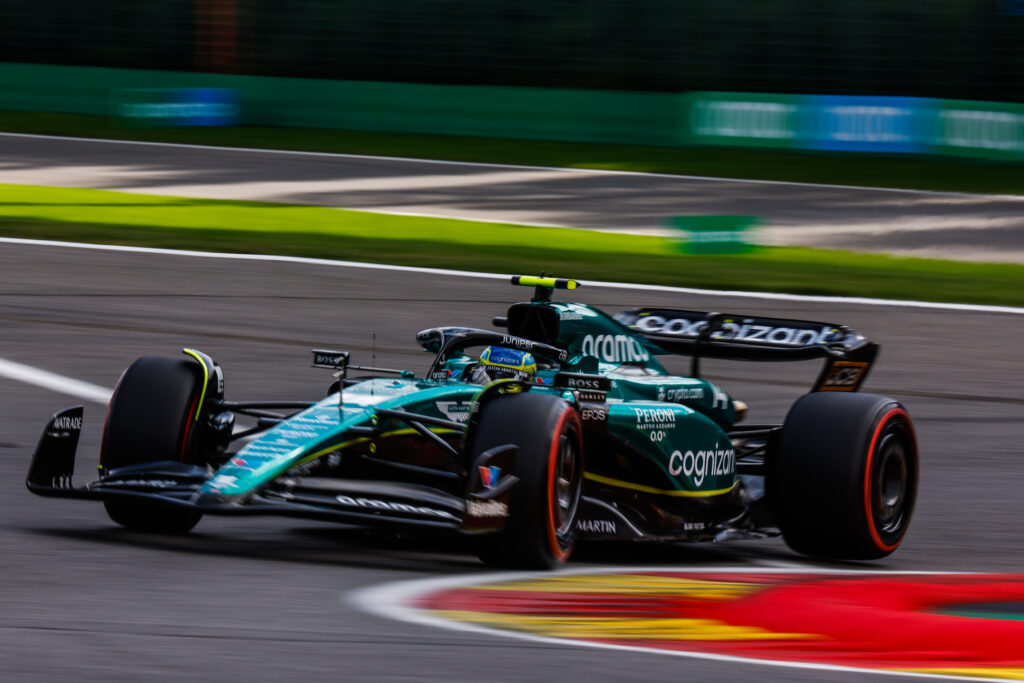
Finally, the rising demand for VIP access highlights a willingness to pay for unique experiences. This has inspired event organizers to offer innovative experiences that cater to the needs of their audiences. As a result, the industry is witnessing a surge in premium experiences that offer a deeper connection between brands and their audiences.
In conclusion, the aftermath of the pandemic has triggered a paradigm shift in sponsorship practices. By adeptly embracing emerging trends, the industry is reinforcing its relevance and ability to captivate diverse audiences. This has ensured sustained engagement and deeper connections between brands and their audiences in an ever-changing landscape.
This is original editorial content from Drive Sports Marketing, an agency specialising in Formula 1 sponsorship, Formula E sponsorship, MotoGP sponsorship, and WEC sponsorship.
In the world of modern sports, sponsorship has become a critical element for both teams and brands seeking to elevate their profiles and gain visibility. However, understanding the actual impact of sports sponsorship goes beyond just having a logo displayed on a player's jersey or a stadium billboard. To maximize the potential return on investment (ROI) and assess the effectiveness of a sponsorship deal, quantifying exposure and media value is essential. In this article, we'll delve into the intricacies of calculating sports sponsorship exposure and media value, empowering businesses with the tools to make data-driven decisions and boost their brand presence in the sports arena.
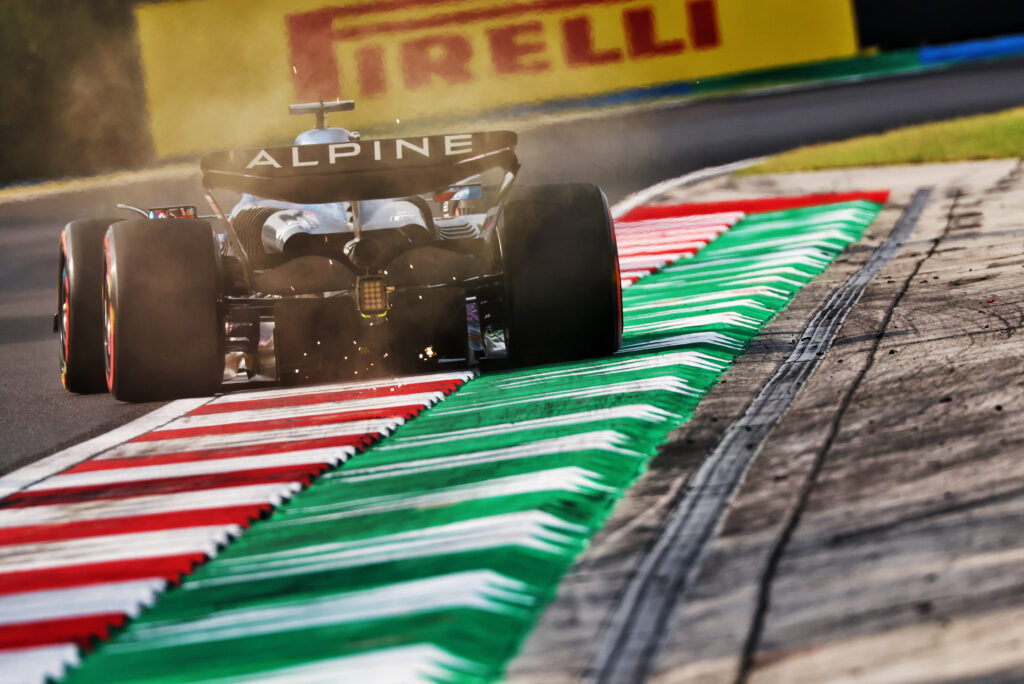
Defining Sports Sponsorship Exposure Metrics: Sports sponsorship exposure refers to the level of visibility a brand receives through its association with a sports team, event, or athlete. It involves analyzing the various channels through which the brand's logo, name, or products are showcased during the event. Exposure can be both direct, such as on-field advertising or jersey logos, and indirect, such as mentions by commentators, social media posts, or news coverage.
A. Broadcast Media:
B. Digital Media:
C. On-Site Exposure:

Calculating Media Value: Media value is the estimated worth of the exposure a brand receives through its sports sponsorship. To determine the media value, businesses can follow these steps:
A. Advertising Equivalent Value (AEV) Method:
B. Social Media Value:
C. On-Site Value:
Integrating Exposure and Media Value: To obtain a comprehensive assessment of sponsorship ROI, combine exposure metrics with media value. Compare the calculated media value with the actual cost of the sponsorship deal to gauge its success. This integration allows brands to refine their sponsorship strategies for future collaborations and align with high-impact sports partnerships.
In today's sports marketing landscape, calculating sports sponsorship exposure and media value is pivotal for making informed decisions that lead to greater brand visibility and a higher return on investment. By analyzing broadcast, digital, and on-site exposure metrics and determining media value using AEV, social media, and on-site assessments, businesses can unlock the true potential of sports sponsorships. Armed with this valuable data, brands can forge successful partnerships that resonate with fans, engage audiences, and elevate their presence in the thrilling world of sports.
This is original editorial content from Drive Sports Marketing, an agency specialising in Formula 1 sponsorship, Formula E sponsorship, MotoGP sponsorship, and WEC sponsorship.
Sports sponsorship can be a powerful marketing strategy for businesses looking to increase brand visibility, reach a wider audience, and enhance their reputation. However, determining the right budget for a sports sponsorship can be a challenging task. Allocating too little budget might limit the impact of your sponsorship, while overspending can strain your resources without delivering the desired returns. In this article, we will provide valuable insights and practical tips to help you define the sports sponsorship budget.
Set Clear Objectives: Before deciding on a budget, it is crucial to establish clear objectives for your sports sponsorship. Consider what you aim to achieve through the sponsorship, such as increasing brand awareness, driving sales, or targeting a specific audience. Your objectives will influence the scope and scale of your sponsorship, ultimately impacting the budget you should allocate.
Conduct Market Research: Thorough market research is vital to gain insights into the sports landscape and evaluate potential sponsorship opportunities. Analyze relevant sports events, teams, athletes, and their fan base to identify the most suitable sponsorship options for your brand. Look at previous sponsorship campaigns and their outcomes to understand the potential impact on your business.

Assess Target Audience: Understanding your target audience is key to a successful sports sponsorship. Evaluate the demographics, interests, and preferences of your target market to identify sports properties that align with their interests. Sponsoring events or teams that resonate with your audience can maximize the impact of your investment.
Consider Reach and Exposure: When determining the budget for a sports sponsorship, consider the reach and exposure you will receive. Evaluate the viewership, attendance, media coverage, and online engagement associated with the sports properties you are considering. A sponsorship with higher reach and exposure will likely require a higher budget but can yield greater visibility for your brand.
Evaluate Competitor Sponsorships: Analyze the sponsorships of your competitors within the sports industry. This research will provide insights into the strategies they employ and the level of investment they commit to sponsorships. By benchmarking against competitors, you can gain a better understanding of the industry norms and make informed decisions about your own sponsorship budget.

Assess Available Resources: Take stock of your company's available resources and budgetary constraints. Consider the financial capabilities of your organization and identify an amount that is realistic and manageable. It's important to strike a balance between investing enough to achieve your objectives and ensuring your sponsorship doesn't overly strain your resources.
Track ROI and Performance Metrics: To ensure the effectiveness of your sponsorship, establish key performance indicators (KPIs) and metrics to track the return on investment (ROI). Measure the impact of your sponsorship on brand awareness, customer engagement, website traffic, social media following, and sales. Continuously evaluate the performance of your sponsorship to make adjustments and optimize your budget allocation in future campaigns.
Defining the right budget for a sports sponsorship requires careful consideration of various factors, including objectives, market research, target audience, reach and exposure, competitor analysis, available resources, and ROI tracking. By following these guidelines, you can make informed decisions about your sponsorship budget, maximizing the benefits for your brand. Remember, a well-planned and effectively executed sports sponsorship can drive significant business growth and enhance your brand's reputation within the sports industry.
This is original editorial content from Drive Sports Marketing, an agency specialising in Formula 1 sponsorship, Formula E sponsorship, MotoGP sponsorship, and WEC sponsorship.
Sports marketing is an ever-evolving field that continues to adapt to the industry's changing landscape. As technology advances and consumer behaviours shift, sports marketers must stay ahead of the game to effectively engage fans, drive revenue, and build lasting brand connections. In this article, we explore the megatrends in sports marketing and how they are shaping the future of the industry.
Embracing Digital Transformation: In today's digital age, sports marketing is significantly transforming. The rise of digital platforms, social media, and mobile apps has revolutionized how fans consume sports content and interact with their favourite teams. To stay relevant, marketers need to leverage these channels to create immersive experiences, deliver personalized content, and engage with fans in real time.
Personalization for Enhanced Fan Engagement: Gone are the days of one-size-fits-all marketing. Fans now expect personalized experiences tailored to their preferences. Sports marketers are using data analytics to gain insights into fan behaviours, interests, and demographics. Armed with this information, they can deliver targeted messaging, recommend relevant products and services, and create interactive fan experiences that resonate on a personal level.

Data Analytics and Sports Science: Data has become a game-changer in sports marketing. Analytics are used to optimize player performance, improve fan experiences, and inform marketing strategies. From wearables that track player performance to social media sentiment analysis, data is collected from various sources to gain valuable insights. By leveraging this information, sports marketers can make data-driven decisions to better understand their audience and deliver engaging content.
Esports and Gaming Revolution: The explosive growth of esports and gaming has opened up new avenues for sports marketing. Esports tournaments attract millions of viewers worldwide, offering marketers an opportunity to connect with a younger, tech-savvy demographic. Brands are investing in partnerships with esports teams, sponsoring gaming events, and leveraging influencer marketing to tap into this thriving market.
Harnessing the Power of Influencer Marketing: Influencer marketing has become a powerful tool in sports marketing. Athletes, bloggers, and social media personalities have established themselves as influential figures with dedicated followers. Brands are partnering with these influencers to promote their products, create engaging content, and reach a wider audience. Collaborating with influencers provides an authentic and relatable way to connect with fans and build brand loyalty.

Sustainability and Social Responsibility: Sports marketing is not just about the game anymore; it's about making a positive impact. Brands and organizations are increasingly focused on sustainability and social responsibility. They are adopting eco-friendly practices, reducing their carbon footprint, and championing social causes. By aligning with values that resonate with fans, sports marketers can create a deeper emotional connection and enhance their brand reputation.
Live Streaming and Over-the-Top (OTT) Platforms: The way fans consume sports content has shifted dramatically with the rise of live streaming and OTT platforms. Traditional broadcasting methods are being supplemented or even replaced by online streaming services. Sports marketers need to adapt their strategies to ensure they can reach and engage with fans through these digital channels. By leveraging live streaming and OTT platforms, marketers can provide exclusive content, behind-the-scenes access, and interactive experiences to enhance fan engagement.
Conclusively, the megatrends in sports marketing are reshaping the industry, presenting both challenges and opportunities for marketers. Embracing digital transformation, personalization, data analytics, esports, sustainability, influencer marketing, and live streaming can help sports marketers stay relevant in an ever-evolving landscape. By leveraging these trends effectively, sports brands can engage fans, foster loyalty, and drive revenue in an increasingly connected and competitive world.
This is original editorial content from Drive Sports Marketing, an agency specialising in Formula 1 sponsorship, Formula E sponsorship, MotoGP sponsorship, and WEC sponsorship.
In recent years, esports and gaming have taken the world by storm, captivating millions of passionate fans globally. This surge in popularity has opened up a new realm of marketing opportunities for brands through esports and gaming sponsorships. In this article, we will explore the power of esports and gaming sponsorships and discuss how brands can harness this emerging field to enhance their online presence and engage with the highly desirable millennial and Gen Z demographics.
Esports and gaming have transitioned from niche hobbies to mainstream entertainment. Competitive gaming tournaments now fill arenas, attract massive online viewership, and offer lucrative prize pools. The dedicated fan base and exponential growth of esports and gaming provide an ideal platform for brands to connect with an engaged and passionate audience.
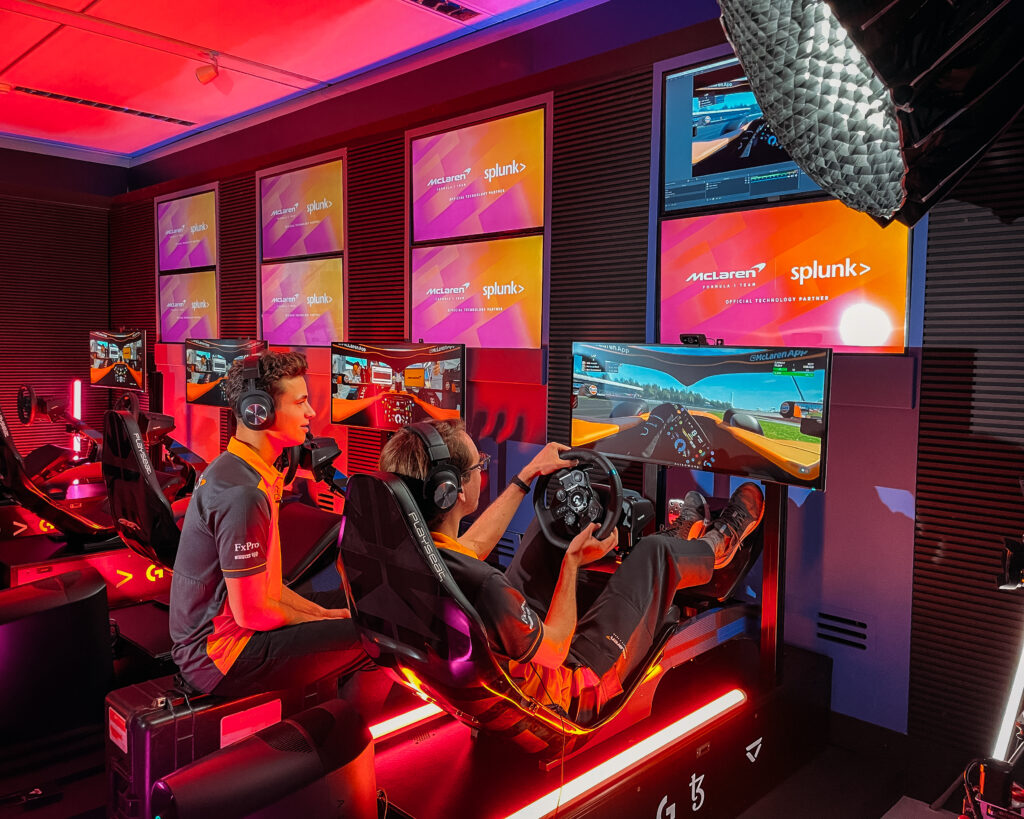
One of the key advantages of esports and gaming sponsorships is the ability to reach the highly coveted millennial and Gen Z demographics. These tech-savvy generations have a strong affinity for gaming and esports, spending significant time engaging with the content, streaming platforms, and esports events. By aligning with esports and gaming, brands can establish a meaningful connection with these demographics and build long-term brand loyalty.
Esports and gaming sponsorships offer brands unparalleled online visibility. Through strategic partnerships with esports teams, events, or individual gamers, brands can leverage the extensive reach of online streaming platforms, social media channels, and gaming communities. This exposure not only increases brand recognition but also generates valuable user-generated content, further amplifying the brand's online presence.
They also provide an opportunity for brands to tap into the authenticity and influence of gaming personalities and esports athletes. Gamers are seen as relatable influencers, admired for their skills and personalities. By collaborating with these influential figures, brands can tap into their loyal fan base and gain credibility, fostering trust and authenticity in the eyes of the gaming community.
Esports and gaming sponsorships allow brands to get creative with their activation strategies. From branded in-game experiences and virtual tournaments to interactive live streams and custom gaming content, the possibilities are endless. These innovative activations not only capture the attention of the gaming audience but also create memorable experiences that resonate with fans and encourage brand engagement.
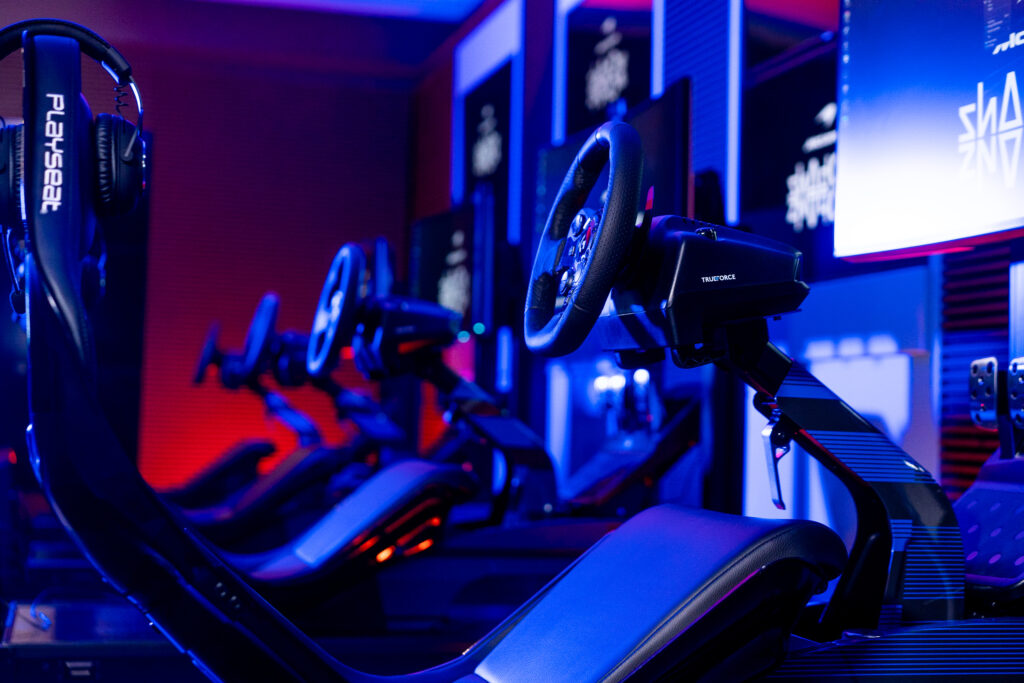
The digital nature of esports and gaming enables brands to collect valuable data insights about their audience. By leveraging data analytics and user behaviour, brands can tailor their sponsorships and marketing campaigns to specific gaming communities, genres, or even individual gamers. This data-driven approach ensures precise targeting and allows for personalized experiences, enhancing the effectiveness of marketing efforts.
Esports and gaming sponsorships have emerged as a dynamic and powerful avenue for brands to connect with the growing community of passionate gamers and esports enthusiasts. By embracing this evolving field, brands can tap into a highly engaged audience, enhance their online visibility, and foster long-lasting relationships with the millennial and Gen Z demographics. With the right approach and strategic partnerships, esports and gaming sponsorships have the potential to unlock new marketing opportunities and drive brand growth in the digital age.
This is original editorial content from Drive Sports Marketing, an agency specialising in Formula 1 sponsorship, Formula E sponsorship, MotoGP sponsorship, and WEC sponsorship.
In the digital age, sports sponsorship has evolved beyond traditional advertising and branding methods. With the rapid growth of digital and social media, organizations have a unique opportunity to maximize their investment unleashing digital power in sports sponsorship. In this article, we will explore how businesses can harness the power of digital and social platforms to enhance their strategies and achieve tangible results.
Define Objectives: Before diving into digital and social channels, it is crucial to establish clear objectives for your sports sponsorship. Are you aiming to increase brand awareness, drive customer engagement, or boost sales? Defining your goals will help you determine the most appropriate digital and social tactics to employ.
Partner with the Right Team: Collaborating with the right sports team or athlete is essential for a successful sponsorship. Choose a partner whose values align with your brand and target audience. Look for opportunities to co-create content and engage in meaningful interactions with fans through their digital platforms.
Create Engaging Content: Digital and social channels thrive on engaging content. Develop a content strategy that resonates with your target audience and aligns with the interests of sports fans. This could include behind-the-scenes footage, athlete interviews, interactive polls, and contests. Remember to optimize your content for each platform to maximize reach and engagement.
Embrace Social Media Platforms: Social media is a powerful tool for connecting with fans and amplifying your sponsorship efforts. Identify the platforms most relevant to your target audience, such as Facebook, Instagram, Twitter, or TikTok. Maintain an active presence by sharing compelling content, responding to comments, and leveraging relevant hashtags and trending topics.
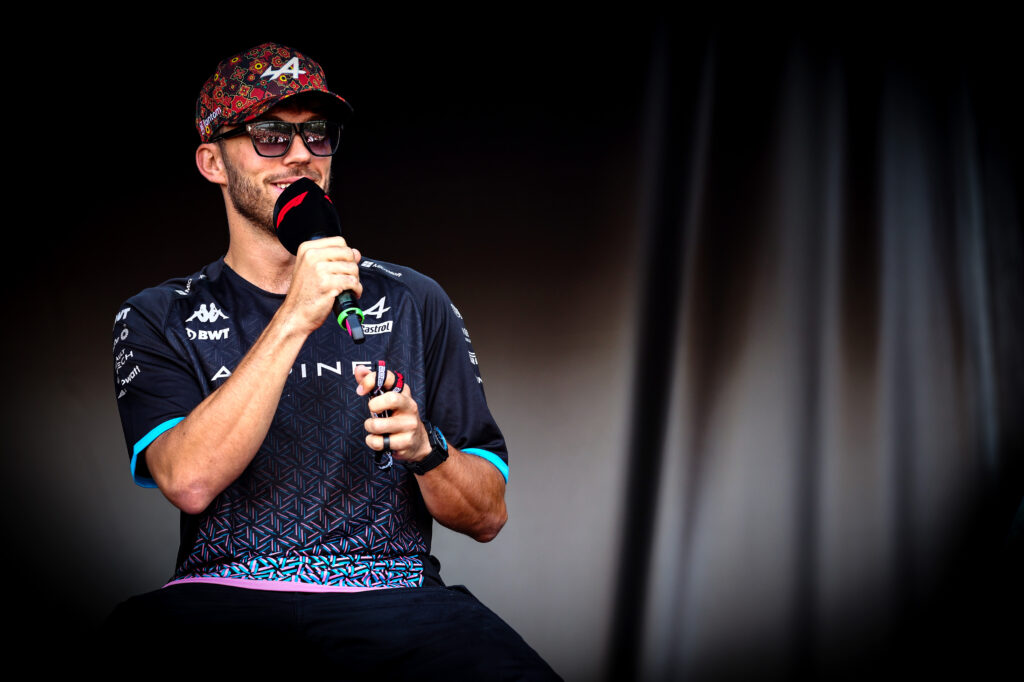
Leverage Influencer Marketing: Influencers have become key players in the digital landscape, particularly in the sports industry. Identify influential athletes, sports bloggers, or commentators who align with your brand values and collaborate with them to promote your sponsorship. This can significantly expand your reach and enhance credibility among their followers.
Live Streaming and Video Content: Live streaming platforms like YouTube, Facebook Live, or Twitch provide opportunities to engage fans in real time. Consider broadcasting live events, interviews, or exclusive behind-the-scenes content to generate excitement and increase fan participation. Additionally, investing in video content, such as highlight reels or branded documentaries, can create a lasting impact and drive engagement.
Implement Data-Driven Strategies: Leverage analytics and data tracking tools to monitor the performance of your digital and social campaigns. Gain insights into fan demographics, engagement rates, and conversion metrics. This information will help you refine your strategies, identify areas for improvement, and make data-driven decisions for future sponsorships.
Foster Fan Interaction: Digital and social channels offer unique opportunities to interact with fans directly. Encourage fan-generated content, such as user-generated videos or photo contests, and respond to comments and messages promptly. Building a community around your sponsorship will foster brand loyalty and amplify the impact of your investment.
Conclusively, in today's digitally connected world, sports sponsorships must go beyond traditional approaches to maximize their potential. By leveraging digital and social channels effectively, organizations can connect with fans on a deeper level, increase brand visibility, and achieve meaningful business outcomes. By defining clear objectives, creating engaging content, embracing social media platforms, and utilizing data-driven strategies, businesses can create a winning sponsorship strategy that resonates with fans and drives success in the digital era.
This is original editorial content from Drive Sports Marketing, an agency specialising in Formula 1 sponsorship, Formula E sponsorship, MotoGP sponsorship, and WEC sponsorship.